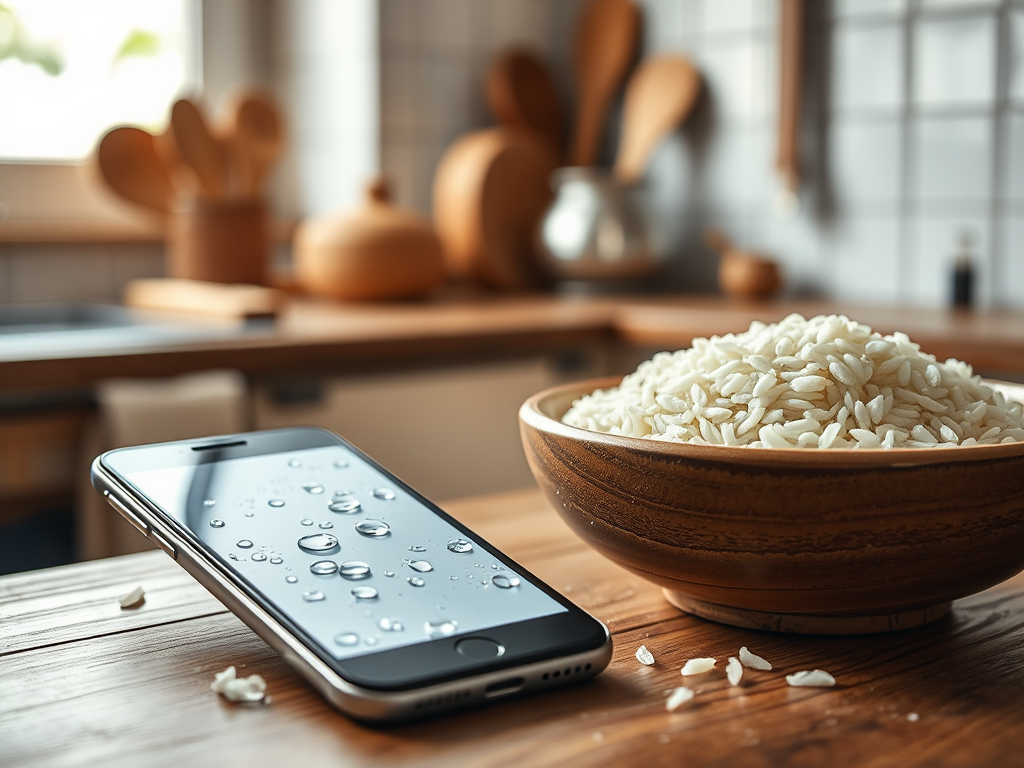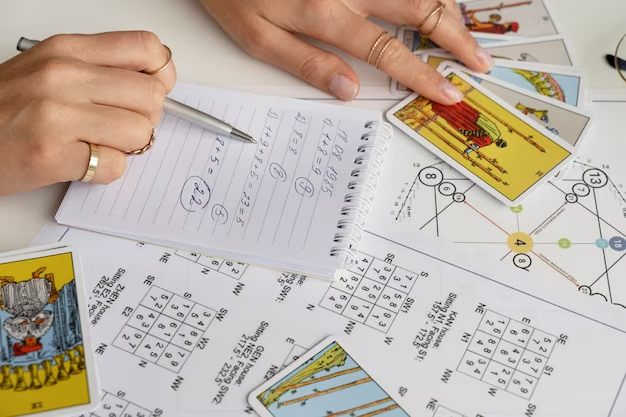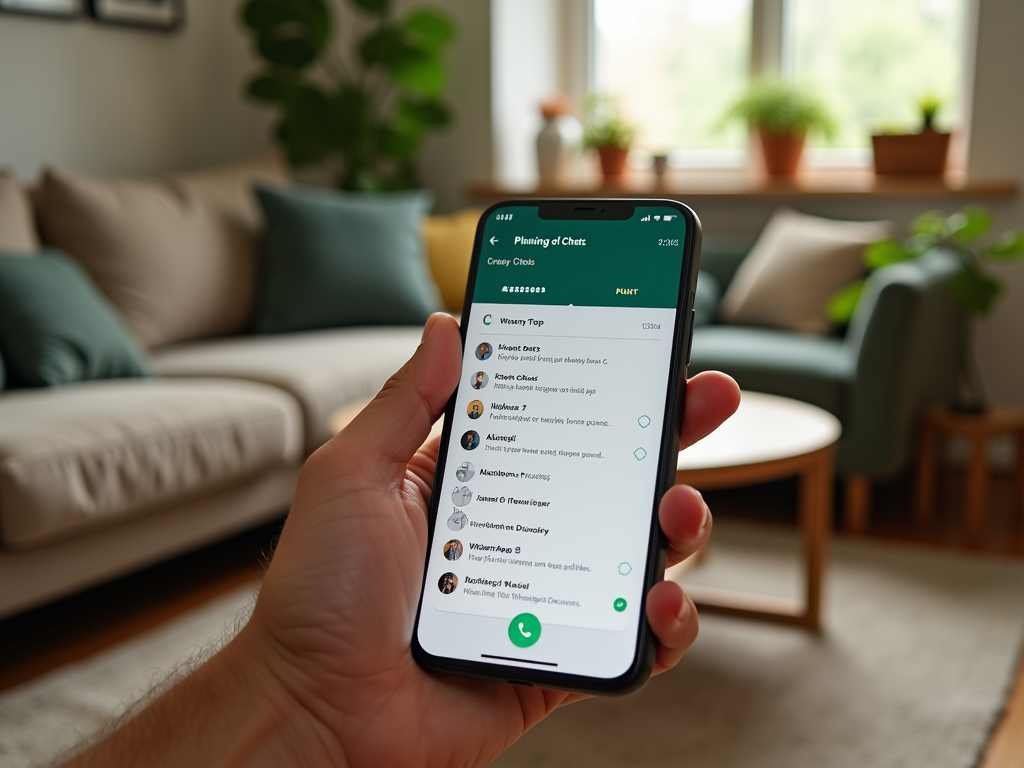In our tech-driven world, smartphones have become indispensable companions. They’re not just devices; they’re essential tools for communication, navigation, and entertainment. However, with increased usage comes the risk of exposure to elements that can severely impact their functionality, such as water. Water damage can lead to complex scenarios, especially when it affects critical components like the speaker. Many users find themselves in a panic, uncertain about the steps to salvage their devices after such an incident. Understanding the implications of water damage on your phone speaker and activating a measured response can make all the difference in reclaiming a functioning device.
The way a phone speaker reacts to water exposure is often alarming, given how vital sound quality is for user experience. When moisture infiltrates the delicate internals, it creates chaos. The internal components might short out, leading to subpar audio or complete silence. If you’re reading this article, chances are you’ve experienced the disheartening silence of a once-thriving speaker. Before succumbing to panic, let’s explore the immediate actions you can take to restore your device’s integrity and ensure it continues to serve you well.
Understanding Water Damage and Its Effects on Phone Speakers
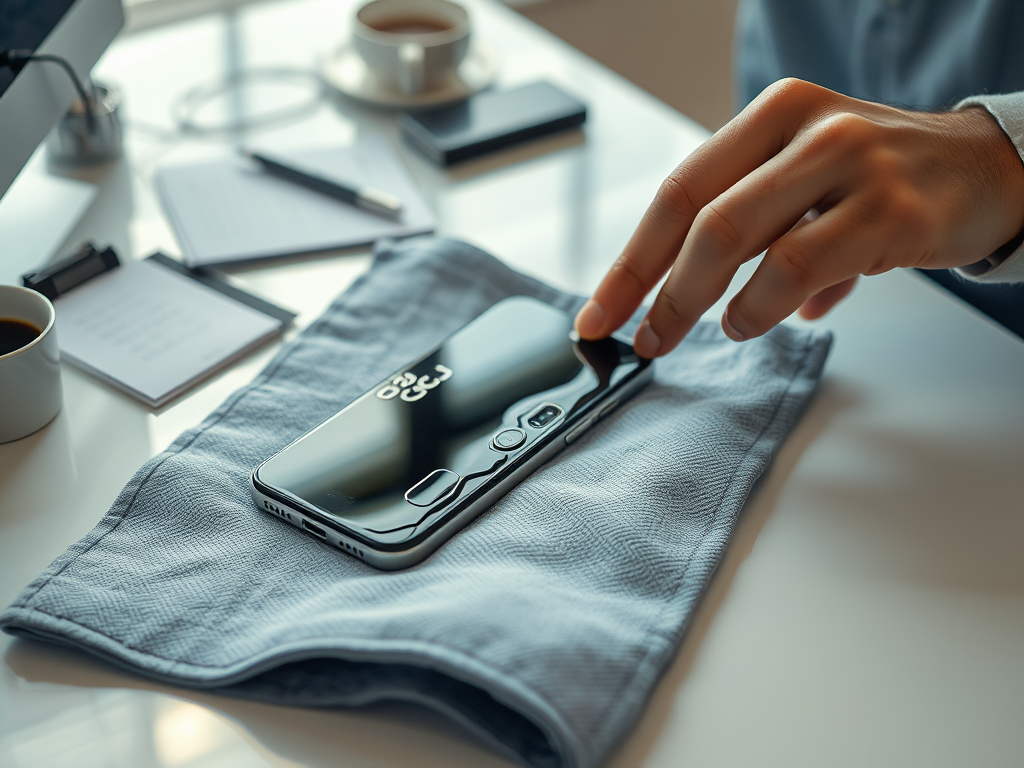
Water damage can be devastating to electronic devices, especially smartphones. When liquid enters the phone, it can wreak havoc on various components, including the speaker. Every phone is designed with intricate parts that serve specific functions, and water can disrupt these carefully coordinated processes. Additionally, the effects of water damage can be exacerbated if not addressed quickly. Time plays a crucial role; the sooner you act, the better the chance of recovery. So, what exactly happens when water infiltrates your phone speaker?
When water comes into contact with the speaker, it can create a myriad of problems. Here are some potential outcomes:
- Corrosion of internal components
- Short circuits that inhibit functionality
- Distorted sound or complete silence
- Delayed response times when using audio applications
Immediate Actions to Take After Water Exposure
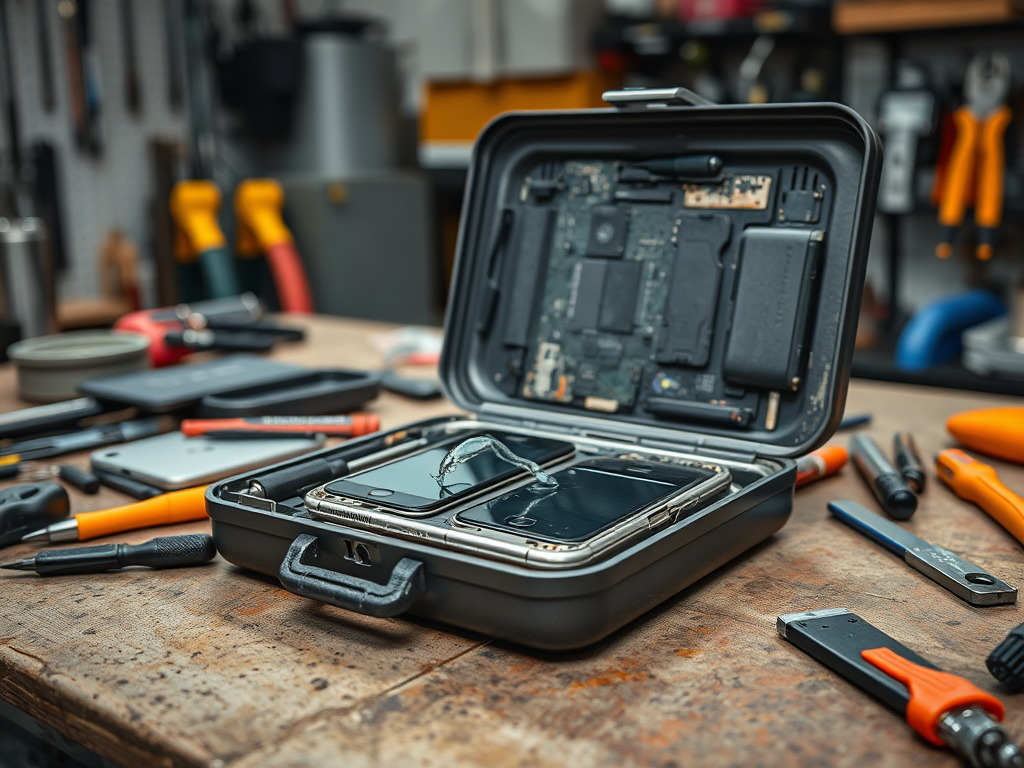
If your phone speaker has been exposed to water, swift action can make a significant difference in saving it from permanent damage. The initial seconds after exposure are the most critical, and your response can greatly influence the outcome. Let’s go through the essential steps you should take in the immediate aftermath of water exposure to your device.
Step 1: Power Off Your Device
As soon as you realize your phone has been water damaged, the first step is to turn it off. Switching it off can prevent further internal damage and minimize the risk posed by short circuits. If the phone remains powered, it could continue sending electrical currents through wet components, leading to more extensive damage.
Step 2: Remove Accessories and SIM Card
Take off any cases or accessories, and remove the SIM card. This simple task can help prevent corrosion and allows better airflow for drying. It is important to relieve the device of any additional weight that could trap moisture. Not only does this improve drying efficiency, but it also helps in assessing any potential damage to the SIM card itself.
Techniques to Dry Your Phone Speaker
Proper drying techniques can greatly reduce the risk of long-term damage to your phone speaker after water exposure. The methods employed can determine the phone’s fate. Implementing effective strategies will be vital. Let’s delve into some of the most recommended methods for drying out your device.
Using the Rice Method
One common method for drying out water-damaged phones is the rice method. Placing your device in a bowl of uncooked rice can help absorb moisture effectively. However, while this method is widely recognized, it’s crucial to understand its limitations as well.
Alternatives to the Rice Method
While rice is widely known, there are other effective methods such as using silica gel packets or specialized drying kits. Some common alternatives include:
- Silica gel packets: These are often found in new shoes or bags and are designed to absorb moisture.
- Vacuum sealing: Encasing your phone in a vacuum-sealed bag can help draw moisture out.
- Drying agents: Products designed specifically for electronics can expedite moisture removal.
| Method | Effectiveness | Time |
|---|---|---|
| Rice Method | Moderate | 24-48 hours |
| Silica Gel | High | 12-24 hours |
| Vacuum Sealing | High | Varies |
Testing Your Phone Speaker
After you’ve dried your phone, it’s essential to test the speaker to see if it still functions properly. This step is crucial in determining whether the drying methods you implemented were effective. When initiating a sound test, be mindful that some distortion might occur even if the speaker turns on.
Look for symptoms such as distorted sound or complete silence when playing audio, which may indicate irreversible damage. The following indicators can help you assess your speaker’s condition:
- Crackling or popping noises
- Music played at a much lower volume than before
- Audio cuts in and out
Preventive Measures to Avoid Water Damage in the Future
Taking steps to protect your phone can save it from future water-related issues. Prevention is always better than cure when it comes to electronics. Here are some measures you can implement today to fortify your device against water damage.
Invest in a Waterproof Case
Using a waterproof case can provide an extra layer of protection against accidental spills or exposure to the elements. Depending on your lifestyle, a robust case can prove invaluable, particularly if you’re often outdoors or near water. Choosing the right case can significantly mitigate risks associated with water damage.
Be Mindful of Your Surroundings
Awareness of your surroundings when using your phone can help minimize risks associated with water damage. Avoid placing your device near sinks, pools, or other water sources. It might also be beneficial to create a habit of securely storing your phone in a designated dry area when not in use.
Conclusion
Understanding how to handle water damage with your phone speaker can help mitigate the effects and preserve your device in the long run. Swift action, effective drying techniques, and preventive measures can make a substantial difference in your phone’s longevity. Empowering yourself with knowledge about water damage allows you to tackle such unfortunate incidents with confidence. Don’t let fear paralyze you; instead, take proactive steps that can save both your phone speaker and your peace of mind.
Frequently Asked Questions
- Can water damage my phone speaker permanently? Yes, if not addressed quickly, water can cause long-term damage to phone speakers.
- How long should I let my phone dry? It’s advisable to let your phone dry for at least 24-48 hours before attempting to turn it back on.
- Is there a way to fix a water-damaged phone speaker? In some cases, professional repair services can help, but there’s no guaranteed way to fix it.
- What should I avoid when dealing with water damage? Avoid using hair dryers or applying heat directly, as this can cause further damage.
- Does insurance cover water damage on phones? Many insurance policies cover water damage, but it’s best to check your specific policy for details.
